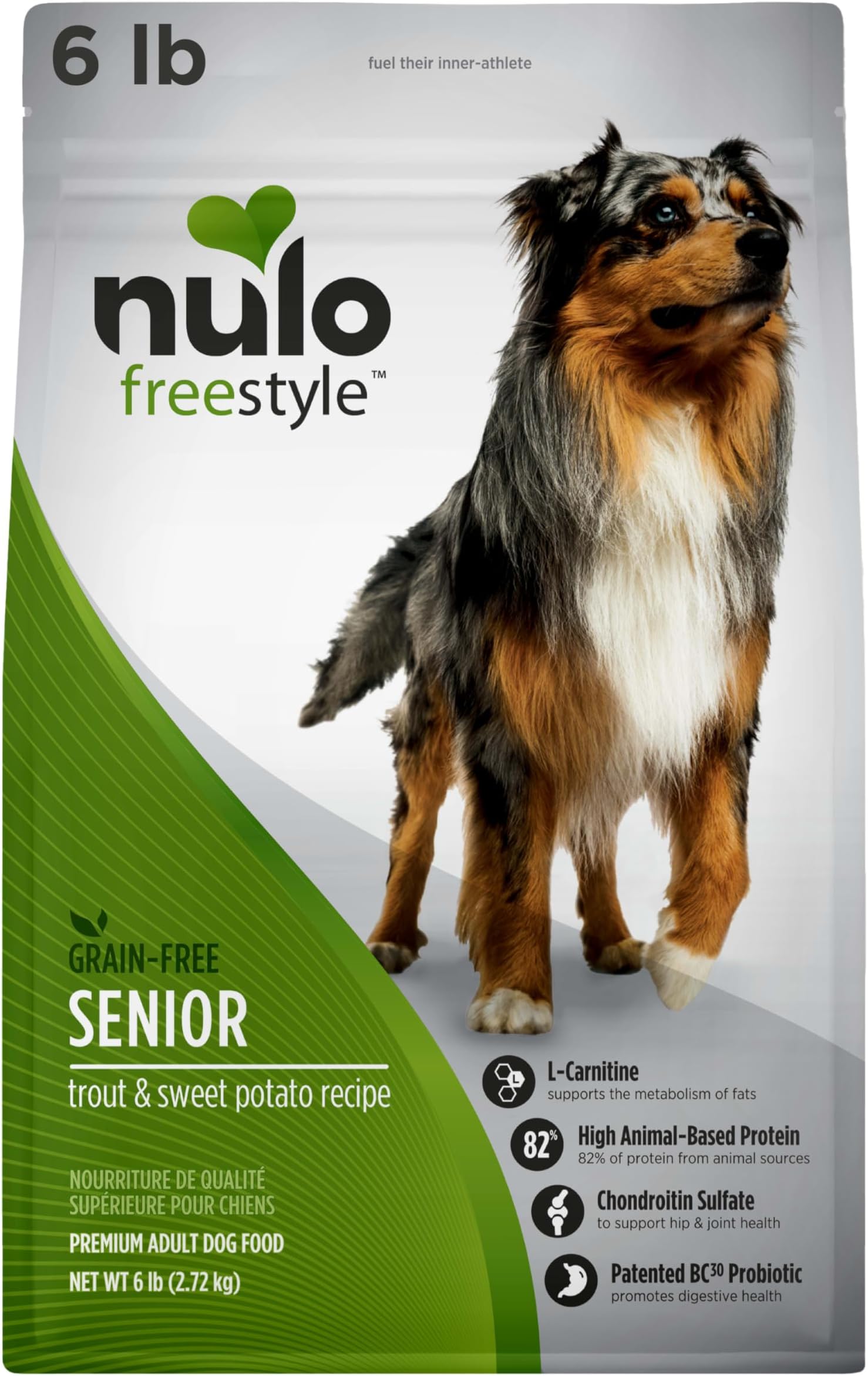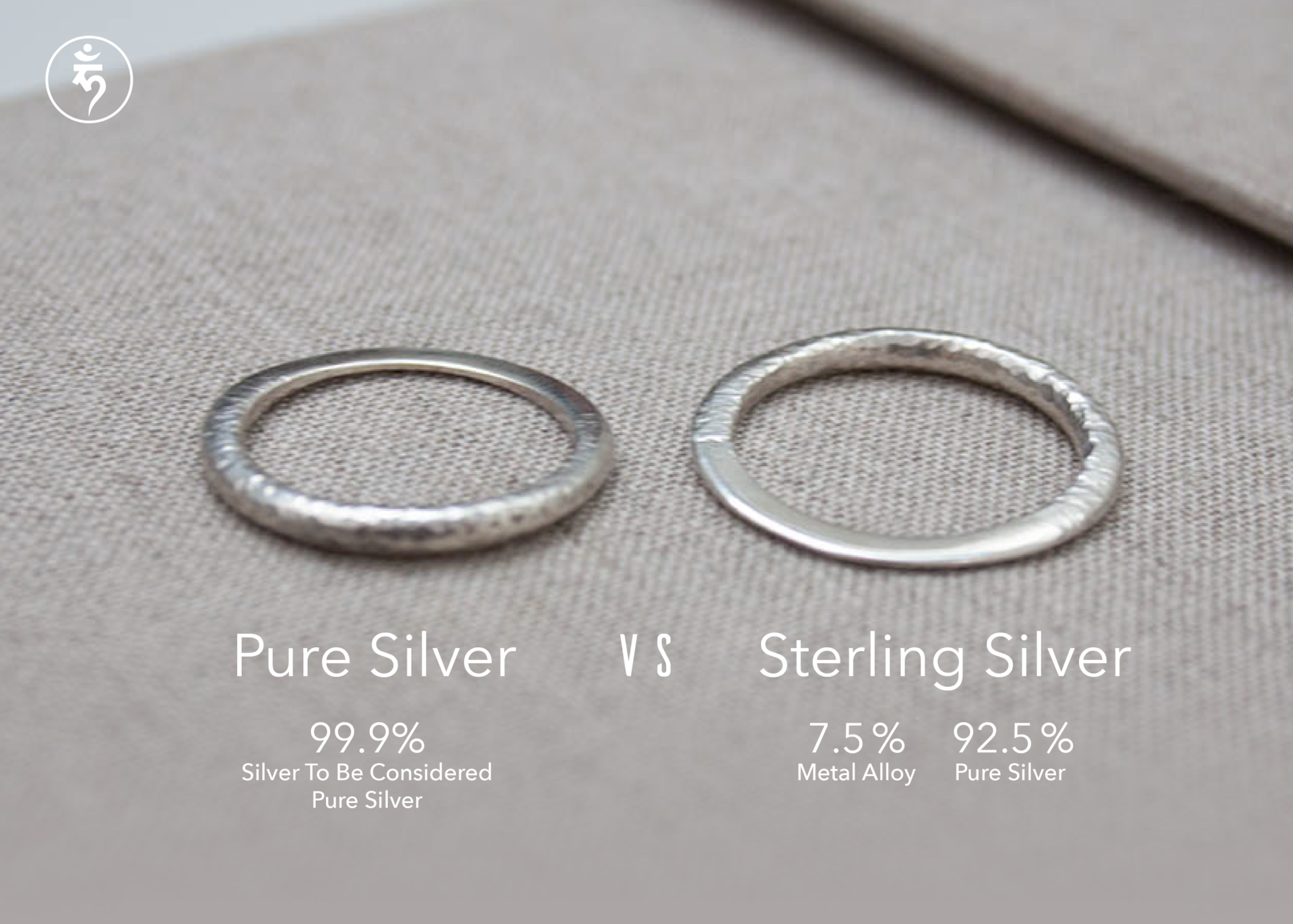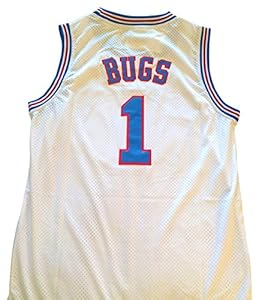As pet owners, we all strive to provide the best for our furry companions, and that includes their diet. While commercial dog foods are convenient, many pet parents are turning toward homemade dog food for reasons ranging from health concerns to ingredient transparency. This article explores the benefits of homemade dog food, provides simple and healthy recipes, and offers tips on ensuring your dog’s nutritional needs are met.
The Benefits of Homemade Dog Food

Making your dog’s food at home comes with several advantages:
- Control Over Ingredients: You know exactly what is going into your dog’s meals, which allows you to avoid fillers, preservatives, and artificial additives.
- Customization: Homemade dog food can be tailored to meet your dog’s specific health needs, whether they require a grain-free diet, have allergies, or are simply finicky eaters.
- Quality Assurance: Using fresh, high-quality ingredients can improve your dog’s overall health, coat condition, and energy levels.
- Cost-Effectiveness: Depending on your location and the ingredients you choose, making dog food at home can be less expensive than buying premium commercial brands.
Nutritional Needs of Dogs
Before diving into recipes, it’s essential to understand the nutritional requirements of dogs. According to the Association of American Feed Control Officials (AAFCO), dogs need a balanced diet that consists of:
- Proteins: For muscle development and repair.
- Fats: For energy and healthy skin and coat.
- Carbohydrates: For energy and digestive health.
- Vitamins and Minerals: For overall health and immune function.
Consulting with a veterinarian or a pet nutritionist is advisable to create a balanced diet plan tailored to your dog’s specific needs.
Simple and Healthy Homemade Dog Food Recipes
Here are three easy and nutritious homemade dog food recipes that you can prepare for your furry friend:
1. Chicken and Rice Recipe

This classic recipe is gentle on the stomach and is ideal for dogs recovering from digestive issues.
- Ingredients:
- 2 cups of brown rice
- 1 pound of ground chicken
- 1 cup of carrots, shredded
- 1 cup of peas, canned or frozen
- 4 cups of water
- Instructions:
- In a large pot, combine brown rice and water. Bring to a boil.
- Add the ground chicken and cook until browned.
- Add carrots and peas, and simmer for about 20 minutes until the rice is cooked.
- Let cool before serving.
2. Beef and Vegetable Stew

This hearty stew is packed with protein and nutrients from vegetables.
- Ingredients:
- 1 pound of ground beef
- 1 cup of carrots, diced
- 1 cup of potatoes, diced
- 1 cup of green beans, chopped
- 4 cups of low-sodium beef broth
- Instructions:
- In a large pot, brown the ground beef.
- Add carrots, potatoes, and green beans, followed by the beef broth.
- Bring to a boil, then reduce heat and let simmer for 30 minutes.
- Cool before serving.
3. Fish and Sweet Potato Delight

This recipe offers omega-3 fatty acids from fish, beneficial for your dog’s coat and overall health.
- Ingredients:
- 1 pound of salmon, skinless
- 2 sweet potatoes, cooked and mashed
- 1 cup of spinach, cooked and chopped
- 1 tablespoon of olive oil
- Instructions:
- Cook the salmon in a skillet over medium heat until fully cooked.
- Combine the cooked salmon with mashed sweet potatoes, spinach, and olive oil.
- Mix well and let cool before serving.
Tips for Transitioning Your Dog to Homemade Food

Switching from commercial food to homemade meals requires a gradual transition to avoid digestive upset. Here are some steps to consider:
- Start by mixing a small amount of homemade food with your dog’s regular food, gradually increasing the homemade portion over 7-10 days.
- Monitor your dog for any signs of allergies or digestive issues, such as vomiting or diarrhea.
- Always consult your veterinarian if you have concerns about your dog’s health or diet.
Common Mistakes to Avoid

While preparing homemade dog food can be rewarding, there are pitfalls to avoid:
- Neglecting Balance: Ensure that meals are balanced and meet your dog’s nutritional needs.
- Inappropriate Ingredients: Avoid ingredients that are toxic to dogs, including onions, garlic, chocolate, and grapes.
- Overfeeding: Homemade meals can be denser in calories; adjust portion sizes accordingly.
Case Studies: Success Stories of Homemade Dog Food
Many pet owners have reported positive changes in their dogs’ health after switching to homemade diets. One study published in the Journal of Animal Physiology and Animal Nutrition highlighted a case where dogs with skin allergies showed significant improvement after being fed a homemade diet tailored to avoid allergens. Another case involved a dog with obesity; after transitioning to a homemade diet, the animal lost weight and displayed increased energy levels.
Homemade dog food can be an excellent alternative to commercial products, offering transparency in ingredients, customization for specific health needs, and potential cost savings. By understanding your dog’s nutritional requirements and carefully preparing balanced meals, you can enhance their overall well-being and happiness. Always consult with a veterinarian when making significant changes to your dog’s diet to ensure a healthy and smooth transition. Whether you opt for chicken and rice, beef stew, or fish and sweet potato, your dog will surely appreciate the love and effort you put into their meals.




